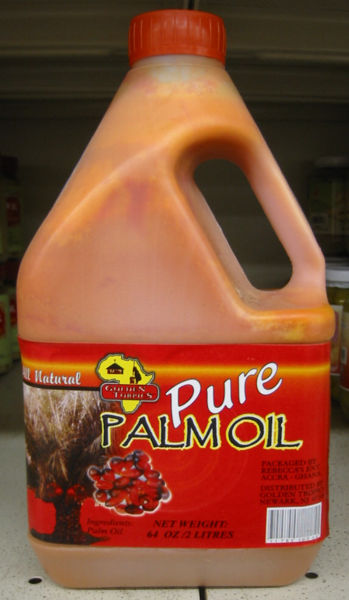 Very little can be done to make palm oil plantations more hospitable for birds and butterflies. Consequently rising demand for the biofuel will decimate biodiversity unless natural forests are preserved.
Very little can be done to make palm oil plantations more hospitable for birds and butterflies. Consequently rising demand for the biofuel will decimate biodiversity unless natural forests are preserved.
Lian Pin Koh of the Swiss Federal Institute of Technology Zurich counted birds and butterflies in 15 palm oil plantations in Borneo and found that palm oil plantations supported between 1 and 13 butterfly species, and between 7 and 14 bird species. Previous research found at least 85 butterfly and 103 bird species in neighboring undisturbed rain forest.
The paper, Can palm oil plantations be made more hospitable for forest butterflies and birds?, to be published in the Journal of Applied Ecology, comes at time when rising demand for food and biofuels is squeezing biodiversity. Unless oil palm agriculture is regulated, rising global demand is likely to convert more forests into fuel for your car and mine. Frankly, my dear, neither is worth it.
Julia Whitty is Mother Jones’ environmental correspondent, lecturer, and 2008 winner of the Kiriyama Prize and the John Burroughs Medal Award.











